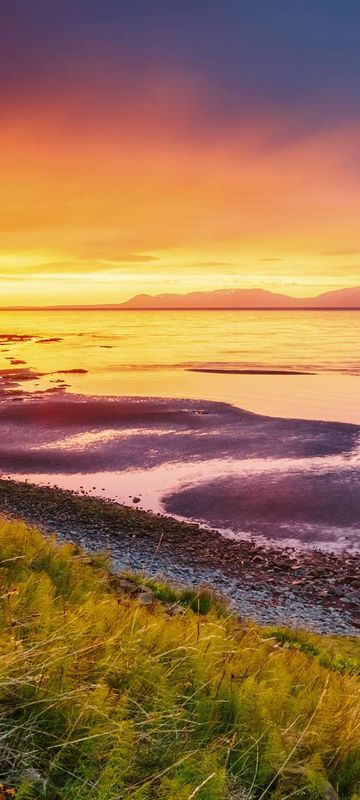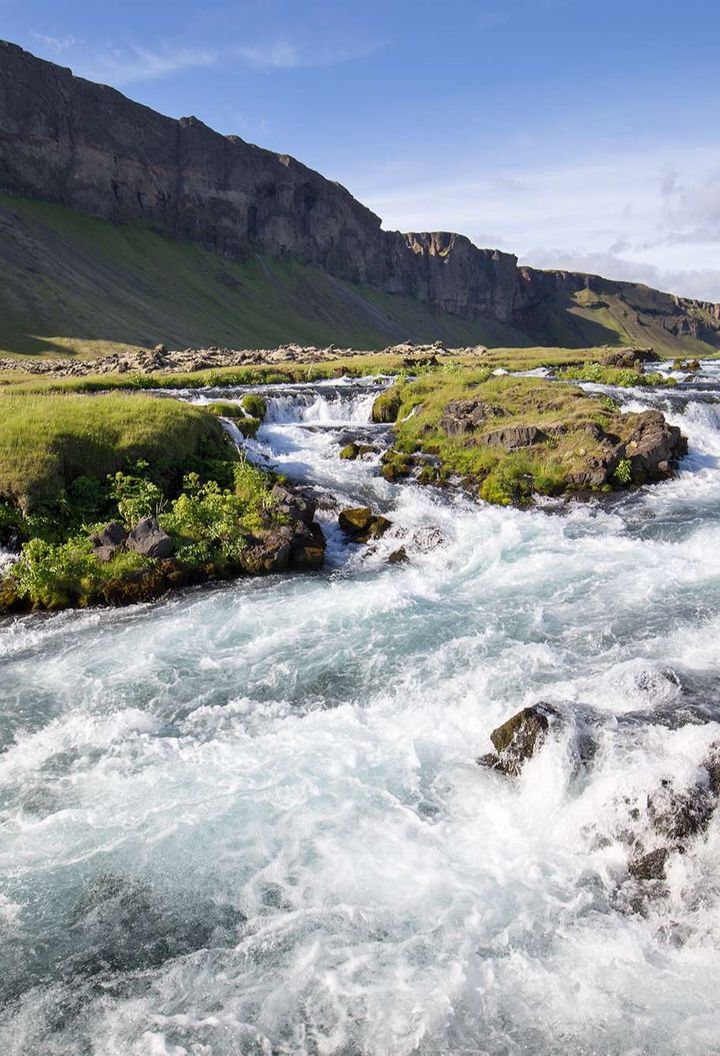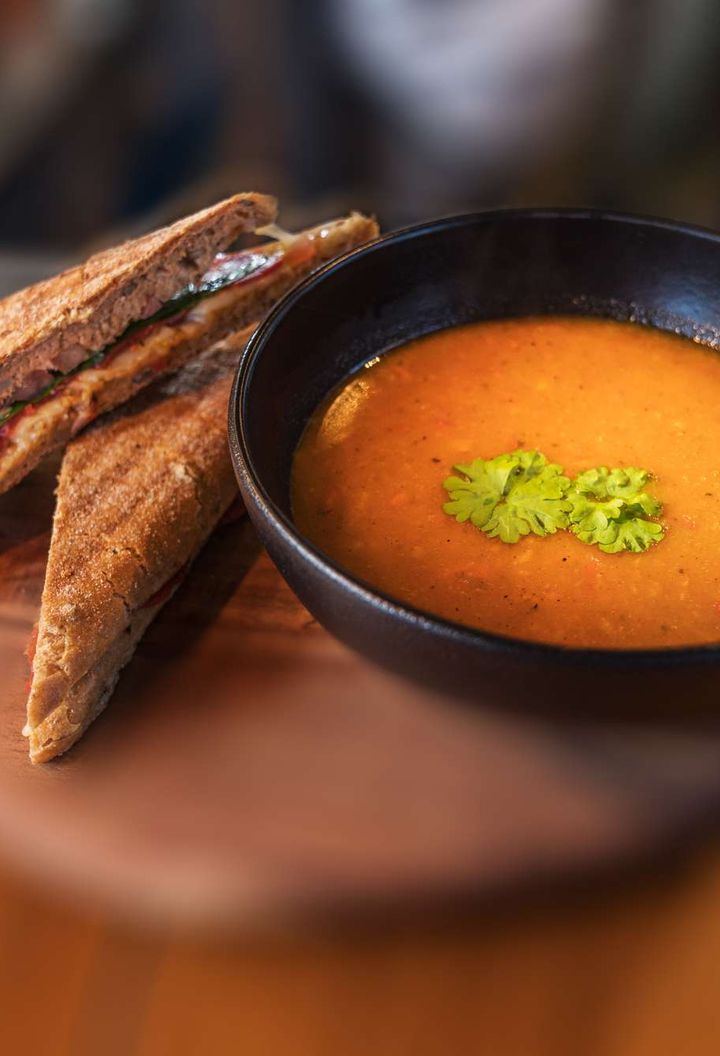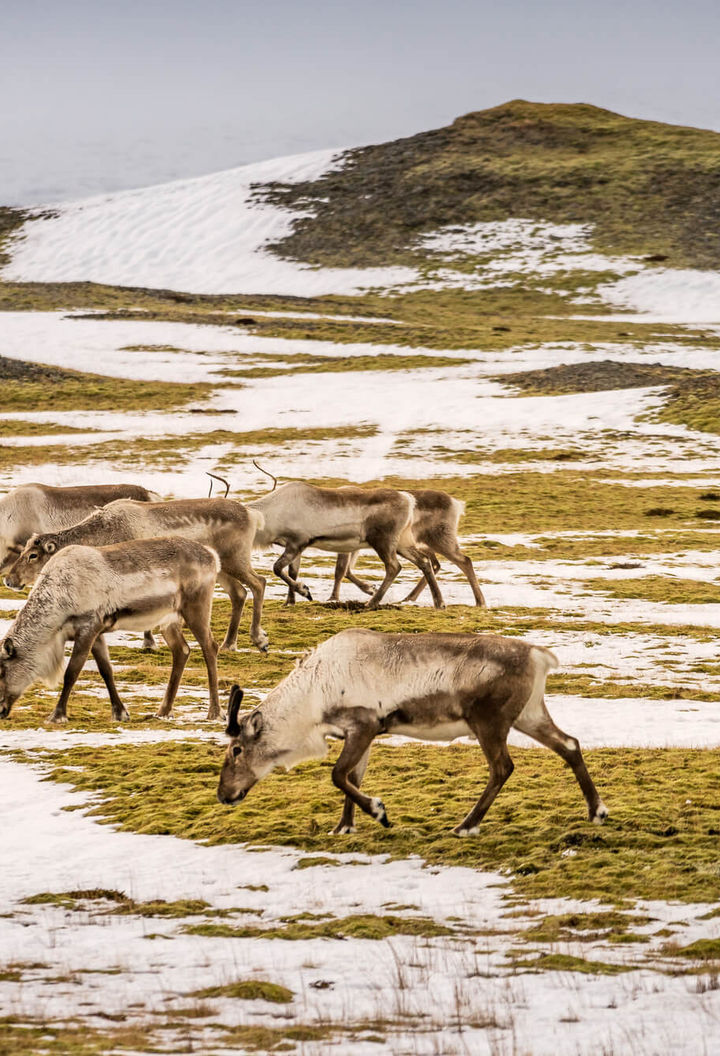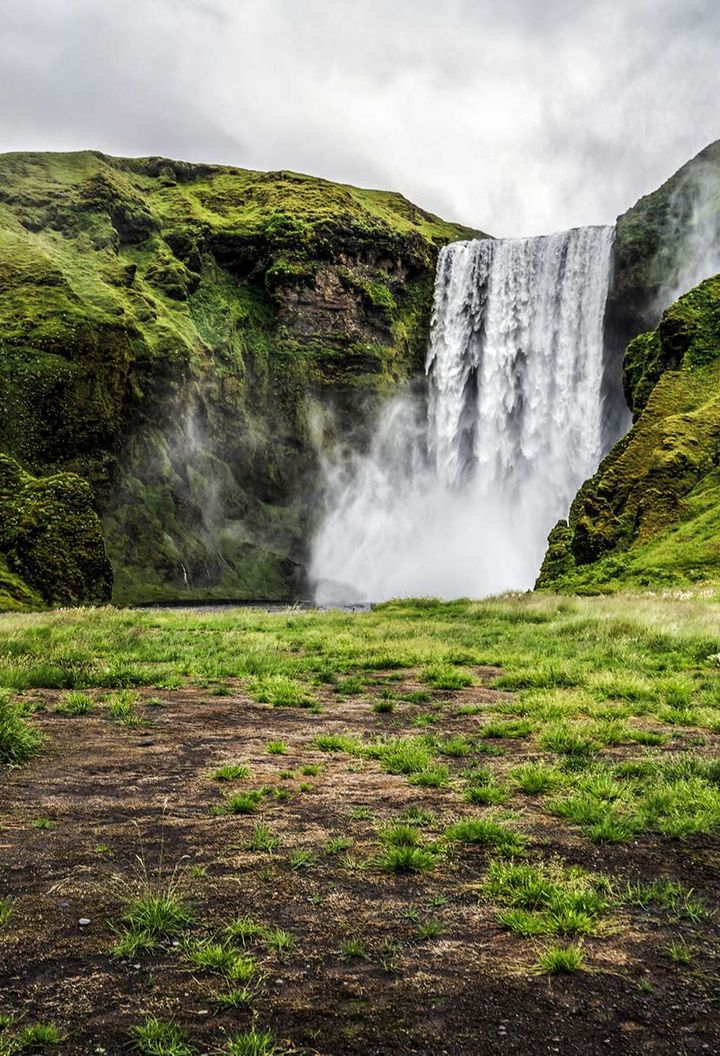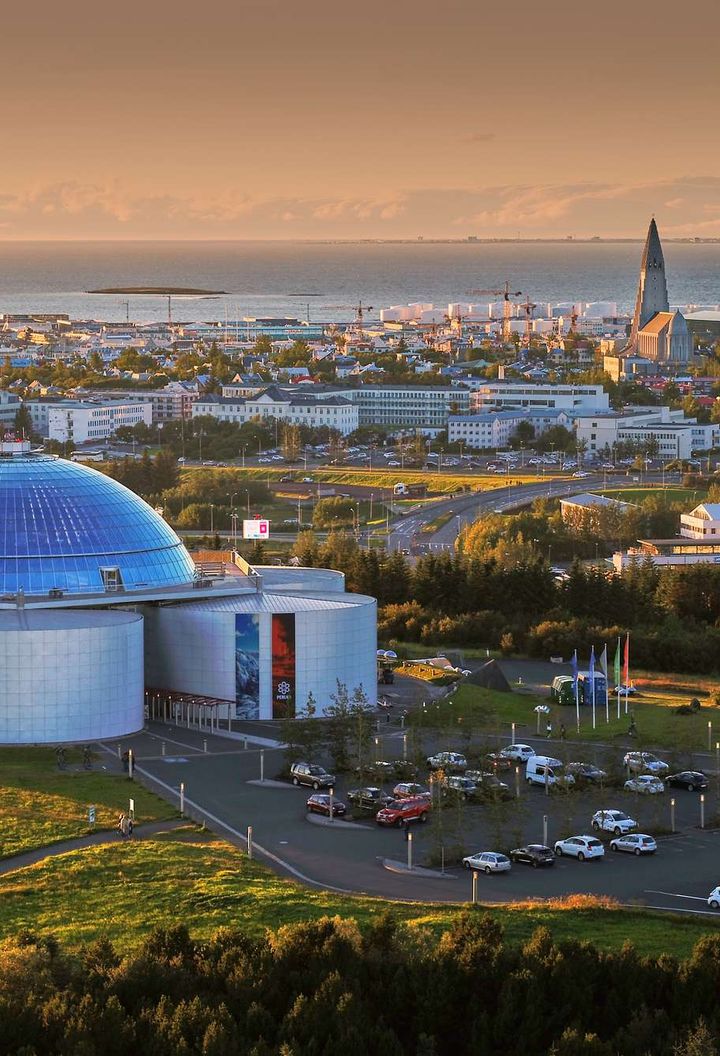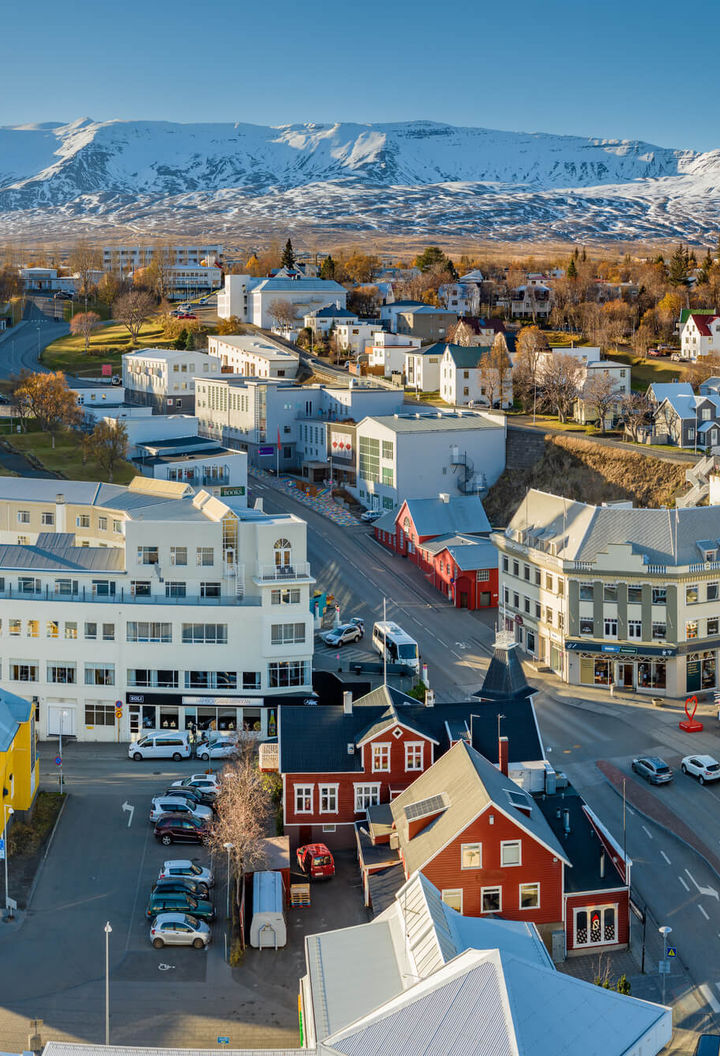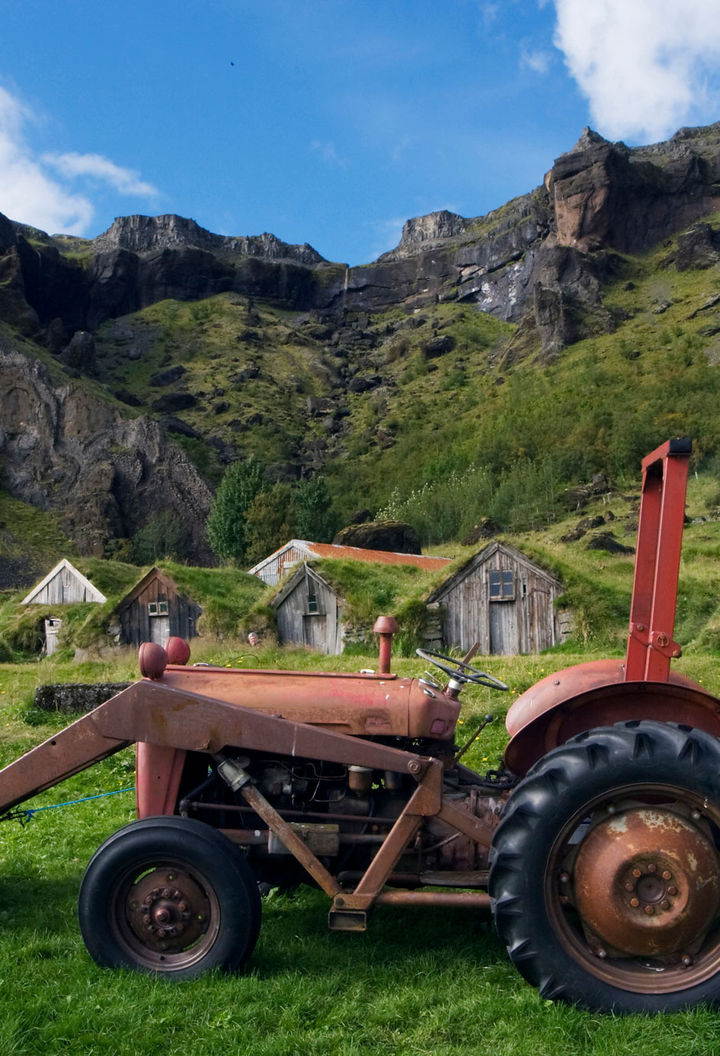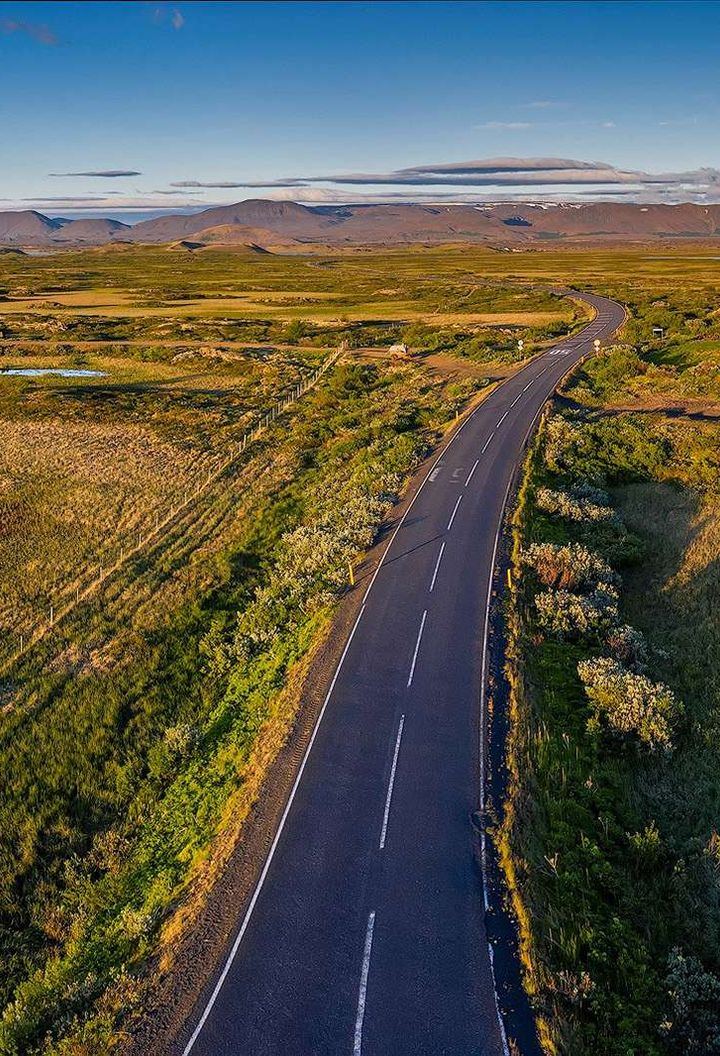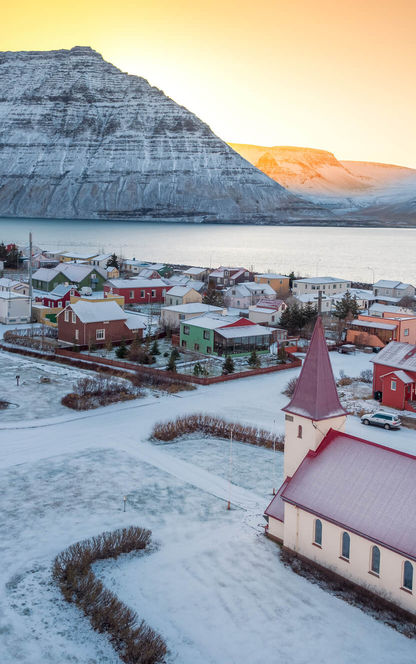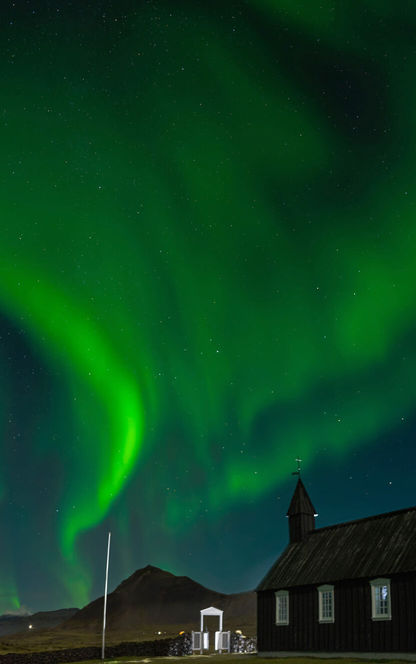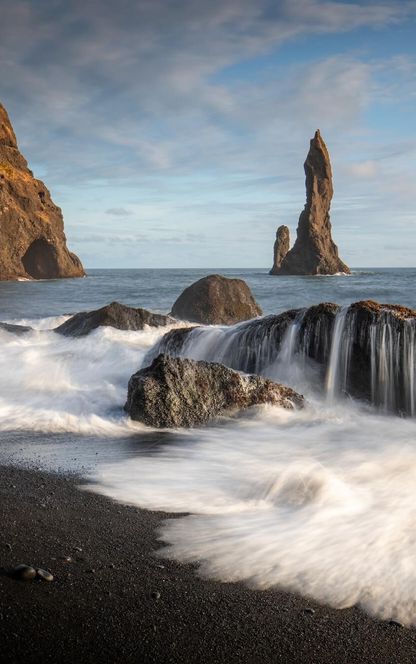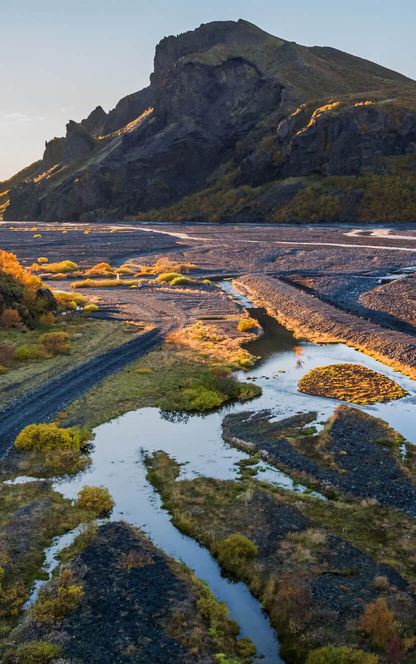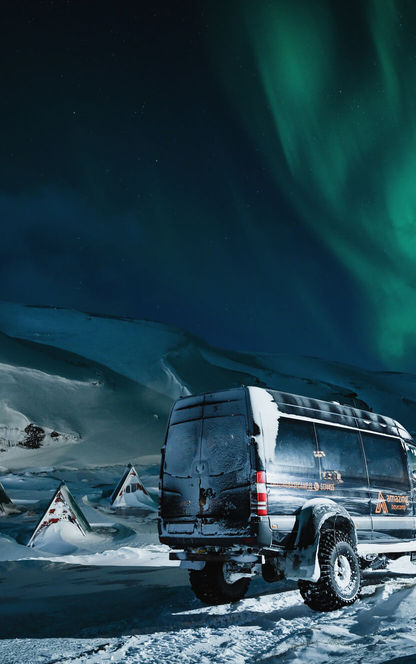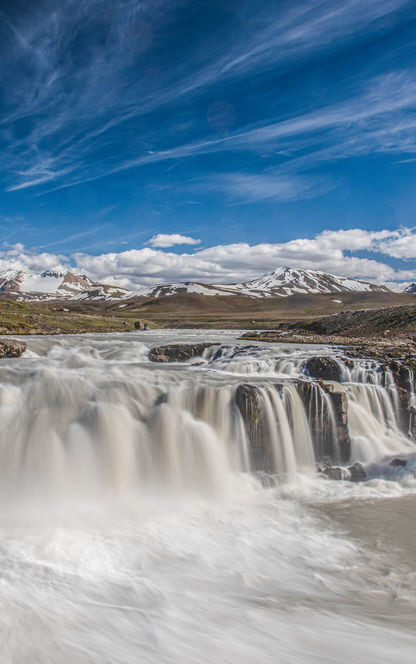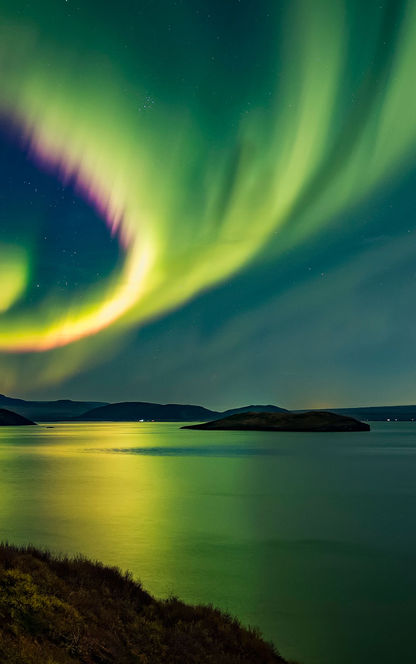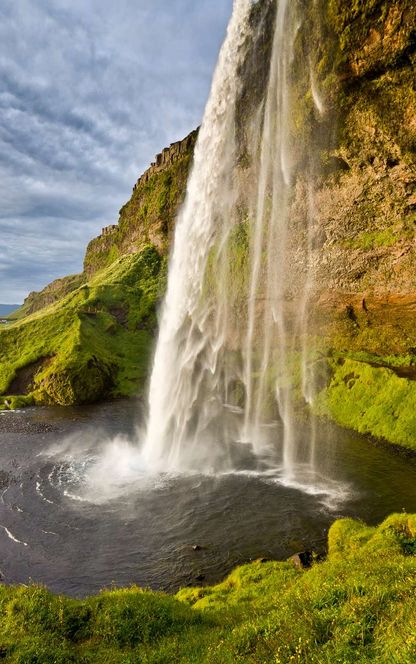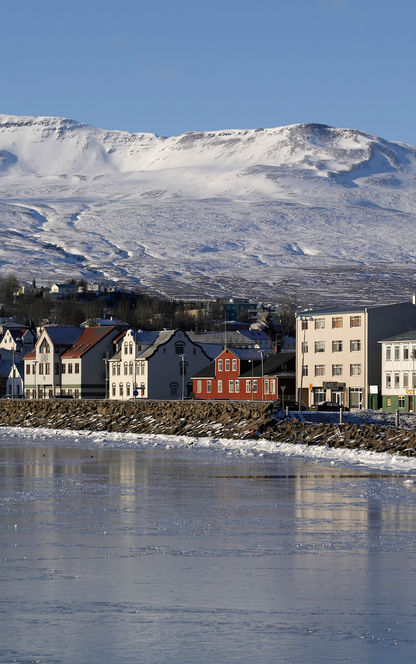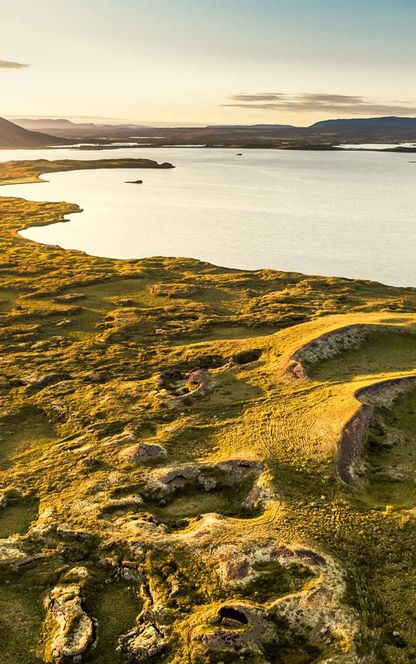What should you not miss in Iceland?
There is so much to see and do in Iceland, that the answer largely depends on how long you stay and therefore which areas you have time to visit.
Iceland’s classic sights are dotted around the country with the best known in the south and north east. The Golden Circle is Iceland’s most popular tourist trail featuring Thingvellir, Gullfoss and Geysir. This packs a geological and historic world heritage site, a thundering waterfall and an erupting geyser into a single day, but it can be very busy as it’s within easy reach of Reykjavik. It’s a fantastic place to start your south coast Iceland adventure, and is a great gateway to other place. This brings us to the capital city, which offers its own delights being full of stylish restaurants, lively bars, galleries and museums to get your cultural fix, however the real gems lie outside the city.
Iceland’s south coast boasts more spectacular waterfalls from 60m high Skogafoss to basalt-framed Svartifoss in Skaftafell National Park. Black sand beaches also feature including at wave-strafed Reynisfjara near Vik or Álftanes beach just ten miles from Reykjavik.
The black sand takes on extra sparkle at Diamond beach adjacent to Jokulsarlon Glacial Lagoon, where icebergs drifting out to sea are thrown back on the beach by the Atlantic waves.
Those with time to visit North Iceland should not miss Lake Myvatn. You could easily spend a week exploring the volcanic oddities and plentiful birdlife. From Myvatn a day trip to Europe’s most powerful waterfall, Dettifoss, is highly recommended.
In reality, this is just the tip of the metaphorical iceberg, of what to see in Iceland. Our expert team will be happy to discuss your options.
























